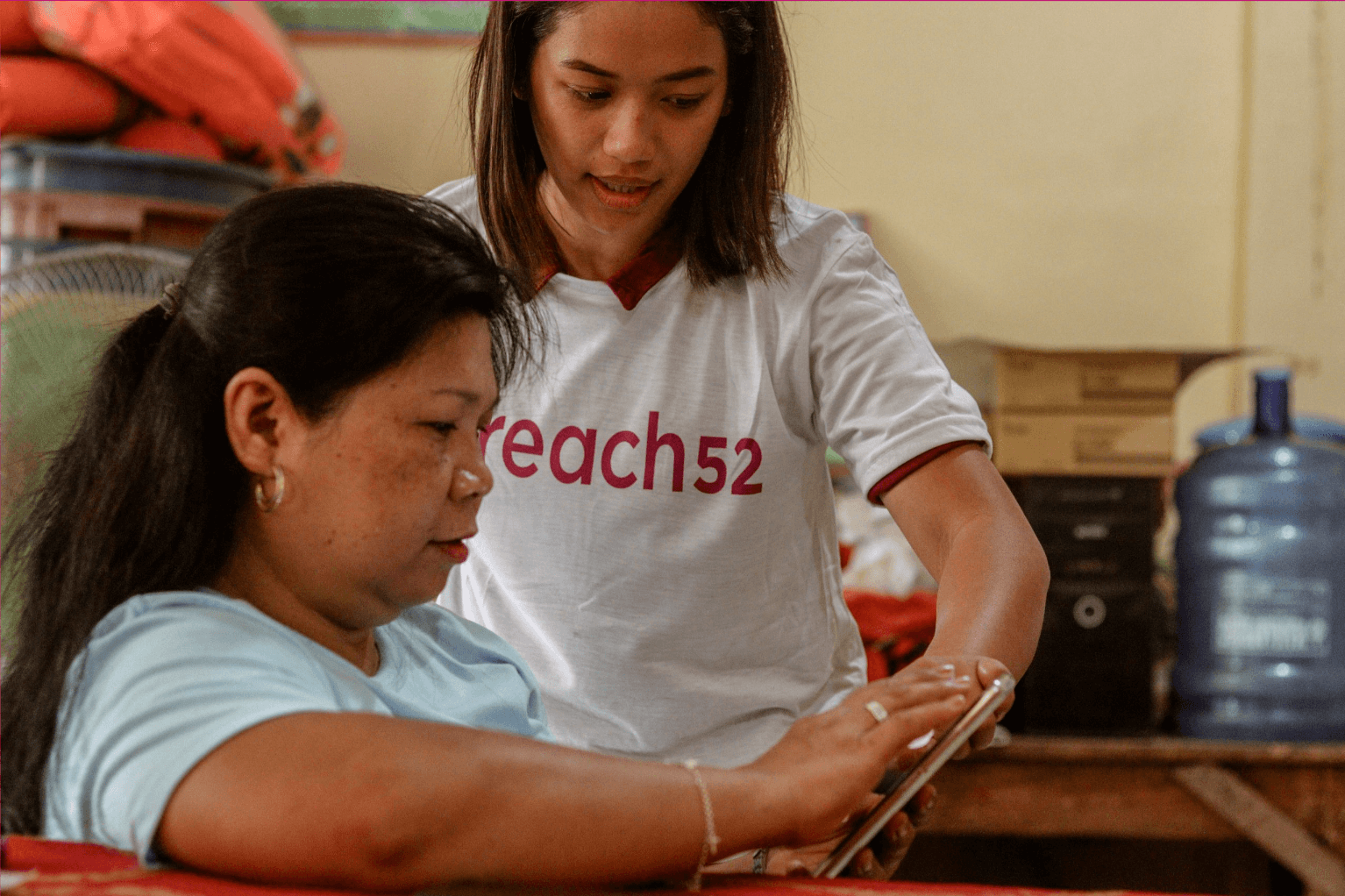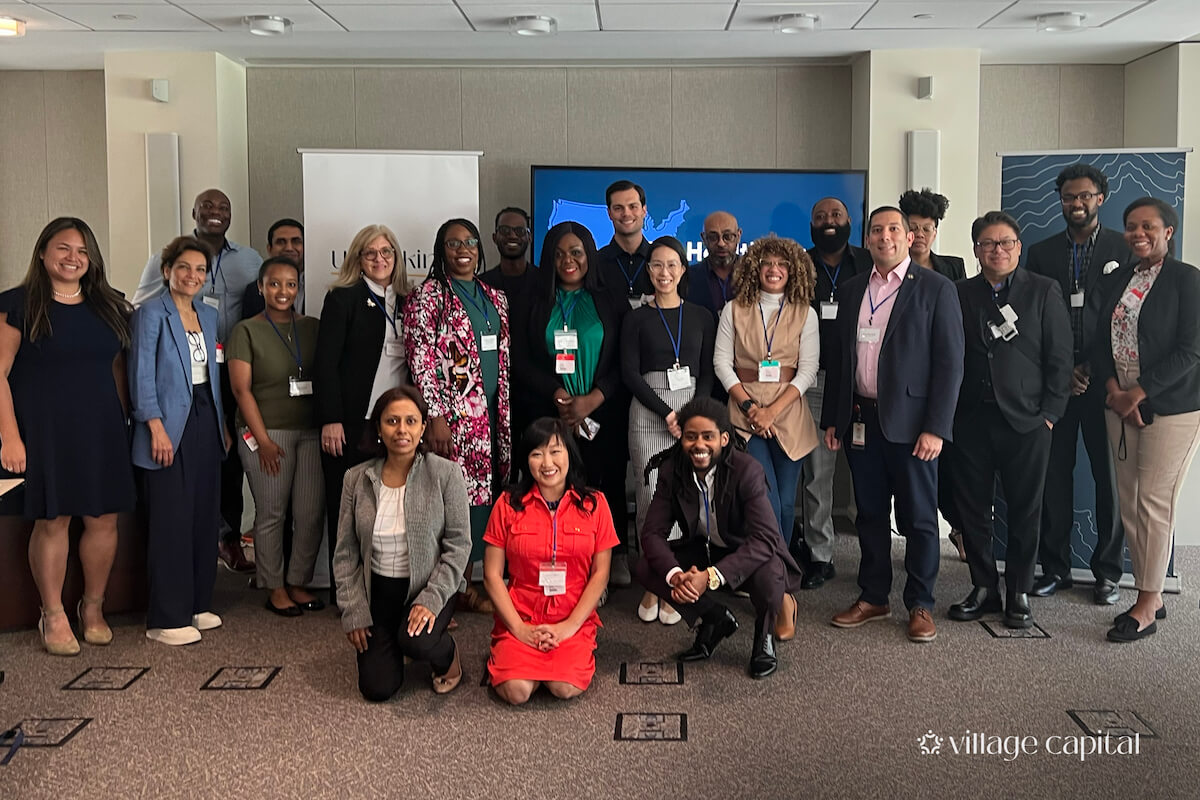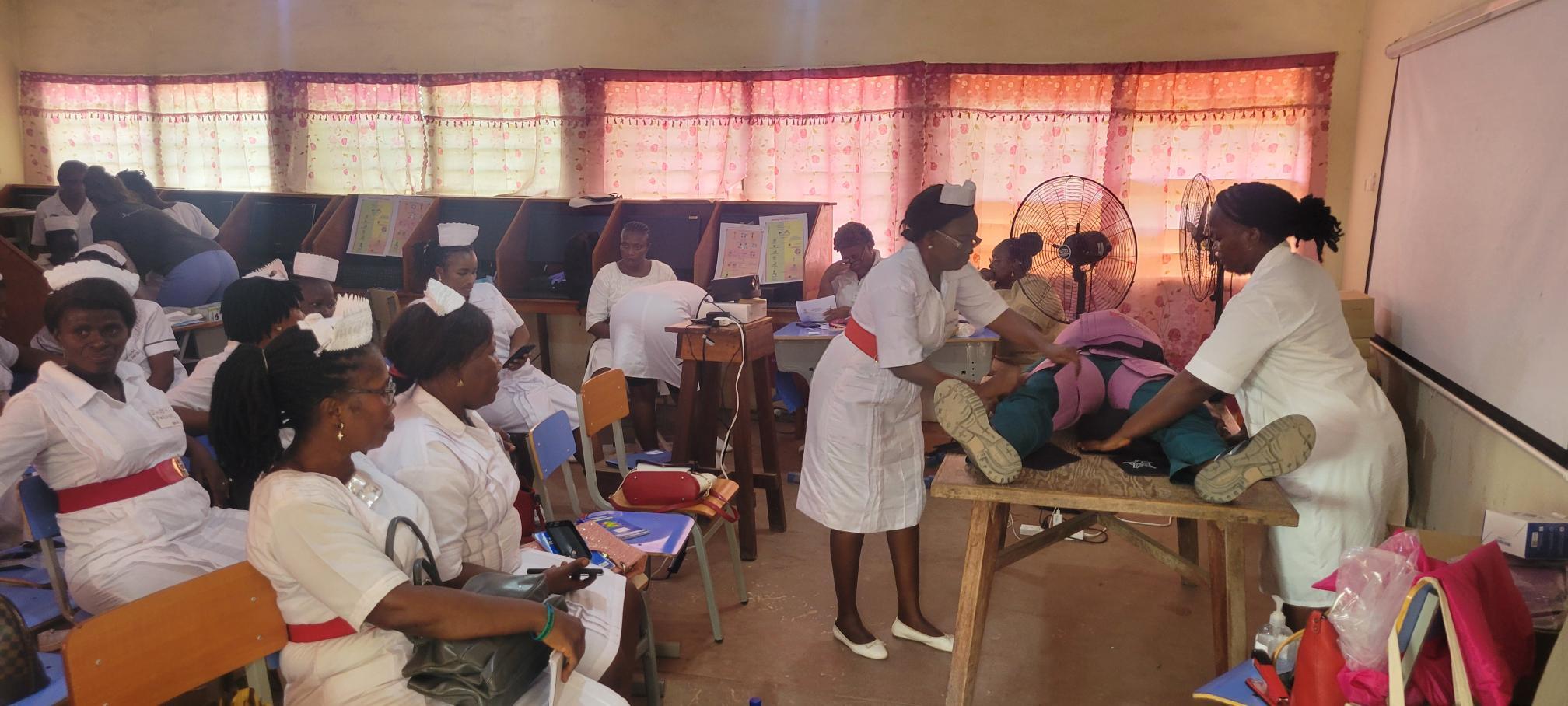President and chief executive officer for The California Endowment Robert Ross is a leader in leveraging impact investing to advance the foundation’s mission to address the health needs of Californians. Ross will speak on community resilience during a plenary session at the Mission Investors Exchange 2022 National Conference in Baltimore next month. He spoke with Mission Investors Exchange’s CEO Matt Onek about the foundation’s investing strategies and its goal of issuing $300 million in social bonds to advance racial equity and health equity.
This interview is part of a partnership between ImpactAlpha and Mission Investors Exchange to present new ideas and perspectives in impact investing. Join us at the MIE 2022 National Conference in Baltimore, December 5-7. If you are an MIE member, foundation or other philanthropic asset owner, learn more and register here.
Matt Onek: At The California Endowment, you work to advance health and racial equity in California, with a focus on underserved individuals and communities. How do you use impact investing to do this, in concert with your grant making?
Robert Ross: Our commitment to health and racial equity in California is an organization-wide commitment. Everyone, and every department, at TCE is on this racial equity journey. Our overarching goal is to be able to center racial equity at every level and experience of TCE, including board and staff diversity, contractor and consultant diversity, grantee diversity, grant strategy, governance, and the use of our voice and brand. This includes impact investing, as our $250 million commitment prioritizes racial equity across the portfolio.
Our program-related investments, or PRI, work to support the mission-driven community development ecosystem in California through community development financial institutions, affordable housing intermediaries, and other partners. Examples of that work include our long-term support of California community health centers toward models of whole patient care, investments in the Central Valley to support housing, and our support of a California coalition focused on racial justice in small business lending.
Our recent foray into mission-related investments, or MRI, includes a $50 million commitment to invest in market-rate impact deals. A big focus of that portfolio is investing in underrepresented populations. We have placed several allocations with [BIPOC-led] managers such as Illumen Capital, Collab and Harlem Capital Partners.
We are working to institutionalize our commitment to racial equity throughout our governance and processes. It is part of our “PRI Investment Policy Statement” and MRI strategy, and it is part of our impact investing approach including sourcing, due diligence, ongoing partnership, and portfolio management.
All of this benefits from our board’s support and acknowledgement that there is no health equity without racial equity. In addition, our investments team, through our main endowment, has been working to increase our allocations to diverse managers and environmental, social and governance, or ESG, investing.
Onek: At MIE’s 2022 National Conference, you’ll be opening our plenary on Community Resilience. For philanthropies that strive to support community power and resilience, why is it important to use a range of tools–including PRIs, MRIs, and guarantees?
Ross: Given the historical under-investment in communities across the country, we need to use all the possible tools in our toolbox to prove the support that’s needed. Just as you can’t advance a racial equity agenda via piecemeal strategies, you can’t just flirt with or date racial equity. You have to get married to it. It means behaving with “all-in” comprehensiveness.
Our impact investing work aligns with TCE’s priority focus areas – what we call “bold ideas”: inclusive community development and a 21st century health system for all. Impact investment tools are able to do things that our grants don’t typically do. Our grants are focused on power and advocacy here in California, but using different impact investing tools allows us to support important community needs such as affordable housing and access to capital for entrepreneurship and wealth creation.
Access to capital is available to many communities across the country, so why shouldn’t it be available to support community power and resilience?
Onek: That’s a great point. Is there a particular deal that highlights the core elements of TCE’s approach to centering communities in your impact investing strategy?
Ross: There are several. Genesis Block by Block is a new program that we are spearheading with Genesis LA and community partners to support a new way of doing neighborhood development. This was approved with much excitement at our August 2022 meeting.
Our long commitment to community health centers, which came from our Affordable Care Act work and has since moved to supporting models of whole patient care, and our most recent Covid-19 response fund are other examples.
In addition, we made a grant to support the African American Alliance of CDFI CEOs, which demonstrates how we align our program and impact investing work. Though not a PRI, this support is about strengthening the Alliance’s members’ operational and fiscal capacity so that the organizations can deploy capital and other support to foster sustainable wealth, health, equity and a just quality of life for Black communities in California and across the county. This is done with a strong sense of responsibility to build community power.
Onek: TCE issued $300 million in social bonds to address racial injustice and advance health system transformation. It was the first-ever social bond made through philanthropy in California. What led you to take this bold new approach?
Ross: Addressing social unrest, persistent racial injustice, the climate crisis, and a divisive political climate requires a bold response. At the core of our bond issue is a commitment to creating an enduring infrastructure for power and movement building to advance racial justice and health equity, health system transformation, and climate resiliency in California.
The operative term here is “infrastructure.” Social justice fights require durability of effort. TCE is using every asset to respond in this critical moment, which calls for innovative and long-term solutions that center the voices of low-income BIPOC residents in rural and urban communities, particularly those that have historically been underfunded and experienced disinvestment and divestment. TCE is funding an ecosystem of partners across the state that is building on momentum to accelerate systems-change work.
Onek: Looking ahead, what’s next for TCE’s impact investing work?
Ross: With racial equity and racial justice in mind, our Board is ready to take our Impact Investing work to the next level. We are spending much of the 2023 calendar year in activist learning mode, exploring what cutting-edge, innovative leadership looks like in our field. After that, it’s all about Mahatma Gandhi’s “Be the change you want to see.”
Matt Onek is the CEO of Mission Investors Exchange.












